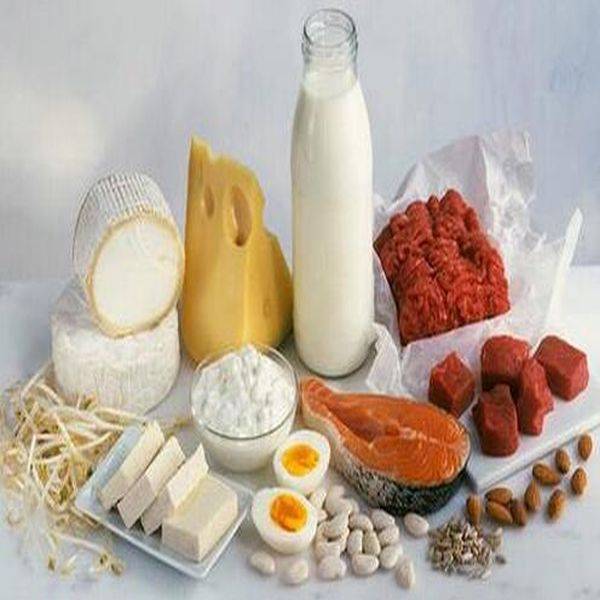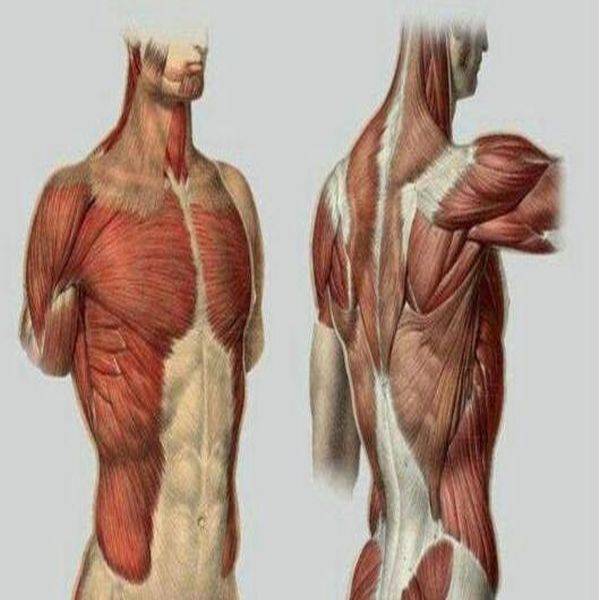-

Vitamin B1, an important feed additive for maintaining normal nerve conduction and heart and digestive system in animals
As a feed additive, vitamin B1 plays an important role in maintaining normal nerve conduction and normal activities of the heart and digestive system. In the absence of livestock and poultry, it is easy to produce carbohydrate metabolism disorders and decrease appetite. 1. Application of vitamin ...Read more -

Feed additive for the prevention and treatment of animal scurvy, anti-animal stress Vitamin C
Vitamin C feed additive, also known as ascorbic acid, is a white or slightly yellowish crystalline powder, easily soluble in water, and mainly exists in some green feed. The role of vitamin C feed additives in the prevention and treatment of diseases: In addition to the prevention and treatment o...Read more -

An indispensable amino acid-DL-methionine for animals to improve growth performance, body immunity and bacteriostasis
DL-Methionine is an important essential amino acid for animals. Methionine hydroxyl analogs can be converted to methionine in animals and exert their nutritional effects. In addition, it can also be used as a rumen-free protein source for ruminants and as an acidifier for piglet diets, which can ...Read more -

Products that increase feed absorption rate, accelerate growth rate and reduce feed cost-feed yeast
Feed yeast, yeast cells used as feed for livestock and poultry. Includes all single-cell proteins produced by single-cell microorganisms. Light yellow or brown powder or granules, high in protein and rich in vitamins. Its composition varies with raw materials and species. The names of various fee...Read more -

Excellent product for metabolizing fats and preventing obesity-L-carnitine
L-carnitine, as a new type of nutritional fortifier, especially as an additive for infant formula, athletes’ food and diet food, has been widely used in functional foods. Commercially available L-carnitine is mainly its hydrochloride, tartrate and magnesium citrate. 1. Application in infant...Read more -

Serine, a high-quality amino acid that maintains the health of the immune system and promotes metabolism
Serine, also known as β-hydroxyalanine, is a non-essential amino acid, which plays a role in the metabolism of fats and fatty acids and muscle growth, because it helps the production of immune hemoglobin and antibodies and maintains a healthy immune system Serine is also needed. Serine plays a ro...Read more -

Glycine, an important amino acid to prevent certain types of cancer by providing antioxidants
Glycine is a non-essential amino acid whose main role is to help create muscle tissue and convert blood sugar into energy. In addition, it plays an important role in protecting the health of the central nervous system and digestive system. Recent research also proves that it can prevent certain t...Read more -

L-alanine, an excellent transportation tool for improving the nutritional value of food and nitrogen in blood in the body
L-alanine is a non-essential amino acid in the human body. Glycine amino group is transferred to pyruvate in the body. During the glucose-alanine cycle, low blood ammonia levels are maintained. Alanine is an excellent vehicle for nitrogen in the blood. It is another effective sugar-producing amin...Read more -

Promote the most valuable amino acid in muscle protein synthesis-leucine
Leucine can be used as a nutritional supplement and flavoring flavoring agent. Amino acid infusion and comprehensive amino acid preparation, hypoglycemic agent, plant growth promoter can be formulated. The role of leucine includes working with isoleucine and valine to repair muscles, control bloo...Read more -
Avena Sativa (Oat)—-a good supplement
Oats are the best source of protein and fat among all grains. They also contain antioxidant compounds and lots of fiber. So, what are the benefits of oats (avena sativa)? Avena sativa, commonly called oats, is a plant that has been around for quite a long time. Its health benefits are well docume...Read more -
Phosphatidylserine (PS)—– improve mental function
Phosphatidylserine (PS) is a phospholipid component of the membrane encasing every one of your brain cells. PS helps maintain the fluidity and permeability of brain cells. Allowing for the efficient transfer of proteins, enzymes, nutrients, oxygen and glucose into and out of each cell. Phosphatid...Read more -

The role of health supplement-chondroitin sulfate
Chondroitin sulfate is a mixed acidic mucopolysaccharide extracted from the cartilage of pigs, cattle, chickens, and sharks. It is a white powder at room temperature. It is odorless, odorless, highly absorbent, and easily soluble in water. It is unstable when it is exposed to higher temperature o...Read more